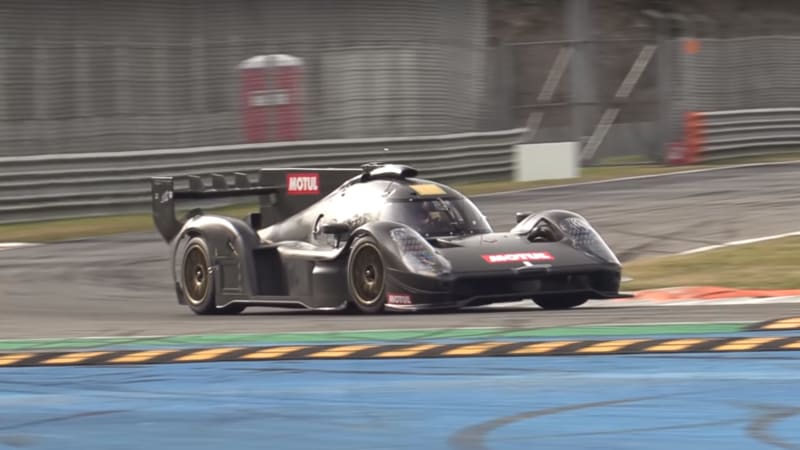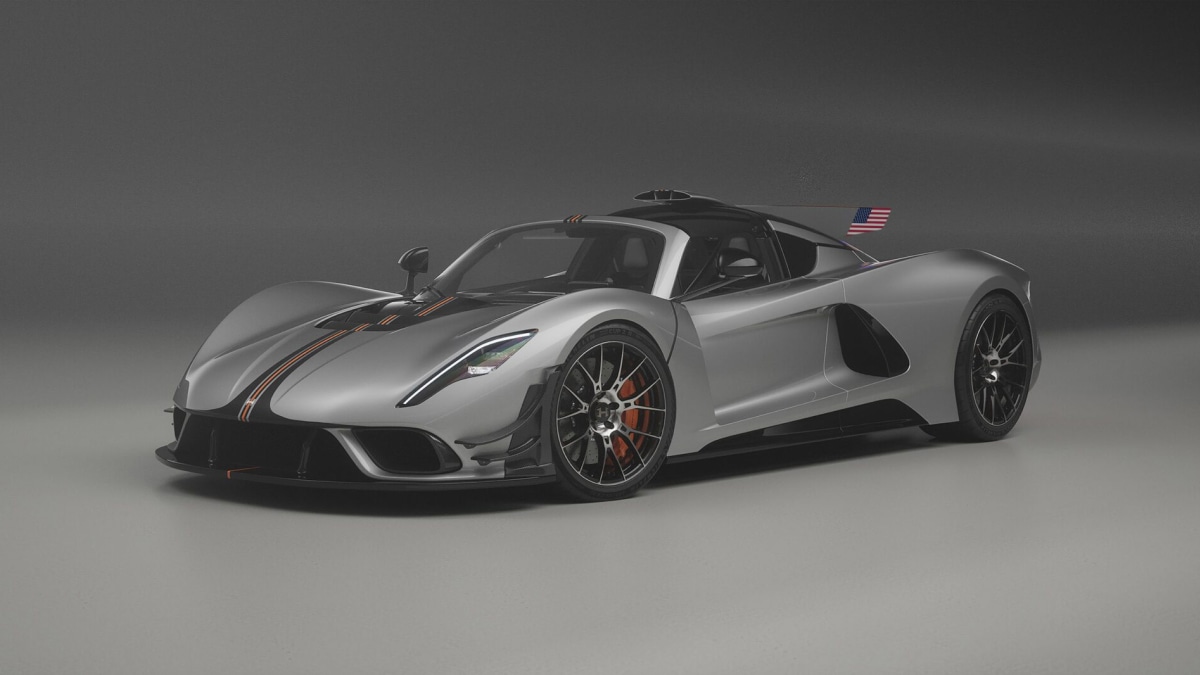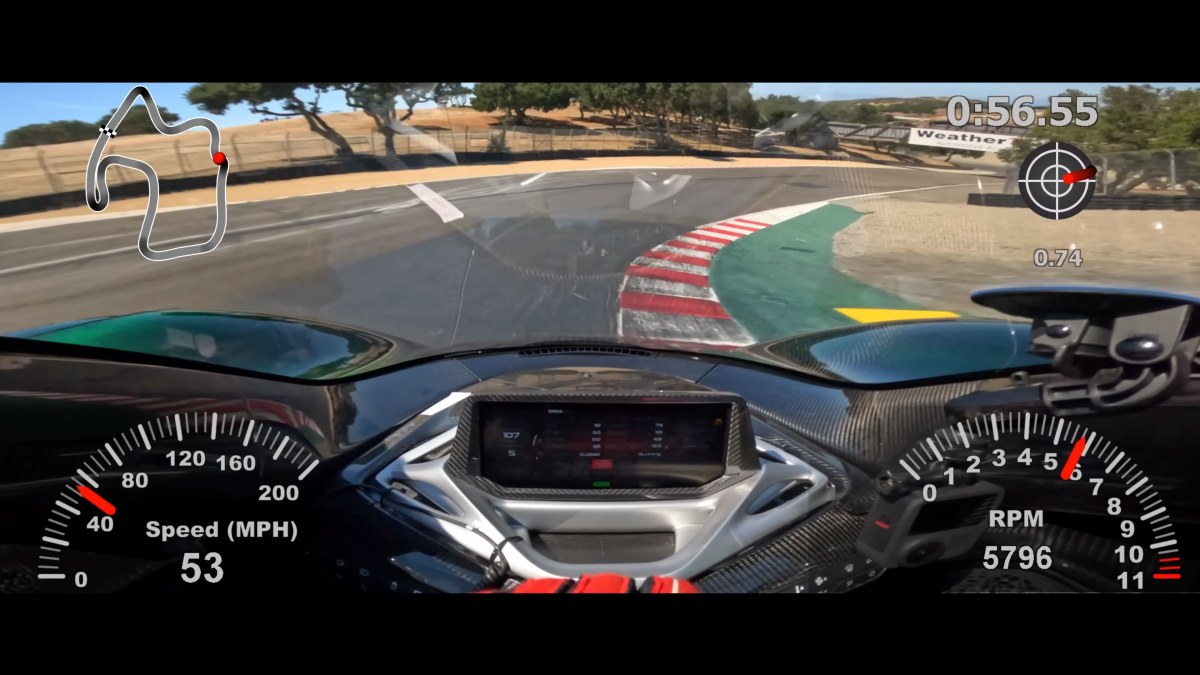The Glickenhaus 007 has been filmed testing at the famed Autodromo Nazionale di Monza circuit. The entry into the new Le Mans Hypercar category plans to take on the likes of Toyota and Peugeot with a twin-turbo 3.5-liter V8. And if the noise generated by the wailing motor is any indication, the new class will be a raucous good time.
While limited to 670 horsepower by class rules, quite a bit lower than recent Le Mans race cars, the organizing powers that be hope slower cars and fewer development costs will help lower the bar of entry. That, in turn, should attract more manufacturers and make races more exciting. Scuderia Cameron Glickenhaus was priced out of the outgoing classes, but believes they will be competitive in Hypercar.
It also means the road-going version of the Glickenhaus 007 will have quite a bit more power — 840 from a 3.0-liter V8 at last count — than the race car it’s based on. (Similarly, Toyota’s GR Super Sports road car is said to have 986 horsepower). Hypercar rules require at least 20 street-legal versions to be built.
The Glickenhaus 007’s motor is a bespoke design developed by France’s Pipo Moteurs. That firm is probably best known for building the engines for Ford and Peugeot’s WRC cars. However, Glickenhaus’ partnerships with established names in the racing world doesn’t end there. The car is being developed by Joest, who has partnered with Porsche, Audi and Mazda on their prototype racers, and whose Bentley Speed 8 GTP won Le Mans in 2003. The aerodynamics are being developed by Sauber, famous for designing Mercedes‘ Group C racers.
Glickenhaus believes it can be the first American manufacturer to win overall at the 24 Hours of Le Mans since Ford’s last factory-backed win with the GT40 in 1967, and a privateer GT40 win in 1969. If things go according to plan, the Le Mans Hypercar class will kick off this year, with Ferrari joining in 2023, and hopefully usher in the next golden era of prototype racing.
Related Video:




